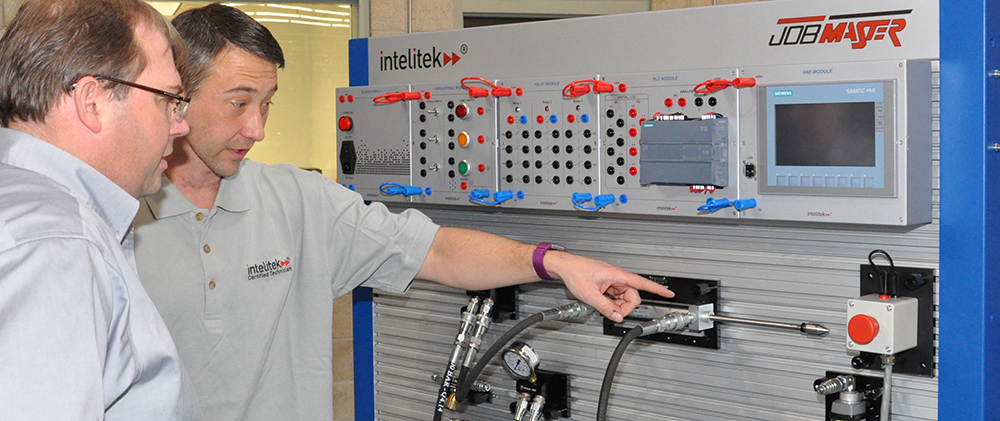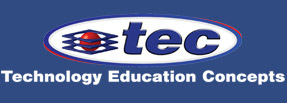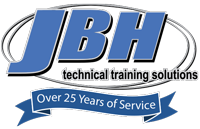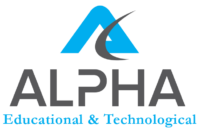
Intelitek’s Programmable Logic Controller courseware gives students a solid grasp of industrial PLCs, ladder logic programming, inputs and output devices and electrical control. PLC hardware that is part of the JobMaster Training Station and is integrated with PLC software that lets students observe and understand the control logic behind the operation of industrial PLCs. The Programmable Logic Controllers courses emphasize PLC theory and basic programming. Students learn to program a PLC and simulate industrial applications that require electrical control.
Curriculum
Fundamentals of Ladder Logic PLC Technology 1 emphasizes the fundamentals of PLC theory and basic programming. In this module, students learn how to program and use PLCs in industrial applications that require electrical control. The module includes the testing of input and output responses to ladder diagrams students program. Using PLCMotion software and the JMTS training panel, students program PLCs, troubleshoot ladder diagrams and control programs, and also design original HMIs for displaying PLC program simulations. For hardware labs, the system supports industrial Siemens and Allen Bradley PLC controllers
Course Outline
- Activity 1: Getting Started
- Activity 2: Examining Input/Output Relationships
- Activity 3: PLC Monitoring Tools
- Activity 4: Writing and Simulating a Basic Ladder Diagram
- Activity 5: Project: Controlling a Sorting System
- Activity 6: NOT Logic
- Activity 7: AND Logic
- Activity 8: OR Logic
- Activity 9: Project: Arsenic Filling Station
- Activity 10: Latching and Unlatching Outputs
- Activity 11: Improving Elevator Control
- Activity 12: One Shot Rising
- Activity 13: Timer On Delay
- Activity 14: Timer Off Delay
- Activity 15: Conclusion
Advanced Ladder Logic PLC Technology 2 focuses on advanced PLC programming and ladder logic. In this module, students learn how to use advanced functions of PLC programming implementing projects that use the advanced functions.
Course Outline
- Activity 1: Getting Started
- Activity 2: Bits and Words
- Activity 3: Counter Up and Reset
- Activity 4: Counter Down
- Activity 5: Project: Implementing CTU and CTD
- Activity 6: The Equal (EQU) Instruction
- Activity 7: The Not Equal (NEQ) Instruction
- Activity 8: Project; Applying Equal and Not Equal
- Activity 9: The Less Than (LES) Instruction
- Activity 10: The Greater Than (GRT) Instruction
- Activity 11: Project: Implementing GRT and LES
- Activity 12: The Move (MOV) Instruction
- Activity 13: The Add (ADD) Instruction
- Activity 14: The Subtract (SUB) Instruction
- Activity 15: Conclusion.
In PLC Technology 3 students learn how to control pneumatic systems using a PLC. Basic pneumatic terminology is introduced and explained, and the students simulate the operation of pneumatic components
Course Outline
- Activity 1: Getting Started
- Activity 2: The Pneumatic HMI
- Activity 3: Manual Control of a Pneumatic Piston
- Activity 4: Semi-Automatic Control Systems
- Activity 5: Semi-Automatic Action Using a 5/2 Spring-Return Valve
- Activity 6: Fully Automatic Operation
- Activity 7: Fully Automatic Operation with a Spring-Return Valve
- Activity 8: Timers
- Activity 9: Counters
- Activity 10: Sequential Operation with Two Double-Acting Cylinders
- Activity 11: Sequential Operation with Three Double-Acting Cylinders
- Activity 12: Solving Opposing Control Signals
- Activity 13: Solving Opposing Control Signals in a Three Cylinder System
- Activity 14: Controlling a System with a Variable Timer
- Activity 15: Advanced Operation
PLC-Controlled Hydraulic Systems In PLC Technology 4 students learn how to control hydraulic systems using a PLC. Basic hydraulic terminology is introduced and explained, and the students simulate the operation of hydraulic components
Course Outline
- Activity 1: Getting Started
- Activity 2: Using a 4/2 Sol-Sol Valve to Control a Double-Acting Cylinder
- Activity 3: Using a 4/2 Sol-Spring Valve to Control a Double-Acting Cylinder
- Activity 4: Using a 4/3 Sol-Sol Valve to Control a Double-Acting Cylinder
- Activity 5: Using a Fully Automatic Hydraulic Circuit
- Activity 6: Using a Fully Automatic Hydraulic Circuit with a Timer
- Activity 7: Using a 4/3 Sol-Sol Valve with a Counter
- Activity 8: Using a Fully Automatic Hydraulic Circuit with an OSR Instruction
- Activity 9: Sequential Operation with Two Double-Acting Cylinders
- Activity 10: Sequential Operation with Three Double-Acting Cylinders
- Activity 11: Sequential Operation with Two Double-Acting Cylinders and a Delay
- Activity 12: Sequential Operation with Three Double-Acting Cylinders and a Delay
- Activity 13: Variable Timers
- Activity 14: Variable Counters
- Activity 15: Project: Port Soil Removal System
PLCMotion
PLCMotion allows students to observe and understand the control logic behind the operation of industrial PLCs and gives students practical experience in the fundamentals of PLC programming and control.
PLCMotion includes an easy to use, human-machine interface (HMI) with graphics editor that allows students to create a complete production line or industrial process in simulation mode.
In addition to simulation of virtual applications, PLCMotion can control the operation of actual PLC applications. When connected to the JMTS training panel, the software provides on-line graphic tracking of its operation. (Requires PLC control unit.)
For more information click here
Hardware Training Kits
The training is supplied with a set of industrial grade components. Students can mount and configure components on the JMTS panel in order to create a variety of applications. Students can connect different components, change physical parameters and observe system responses. The unique combination of software and industrial equipment allows students to test and troubleshoot simulated circuits before hardware connections are made.
JMTS PLC1 Kit – set of sensor and activator components used for PLC training programs
PLC labs require the following JMTS Training Station Electronics Units
- JMTS – Power Supply Module
- JMTS – PLC Module
- JMTS – HMI Module (for Siemens)





















